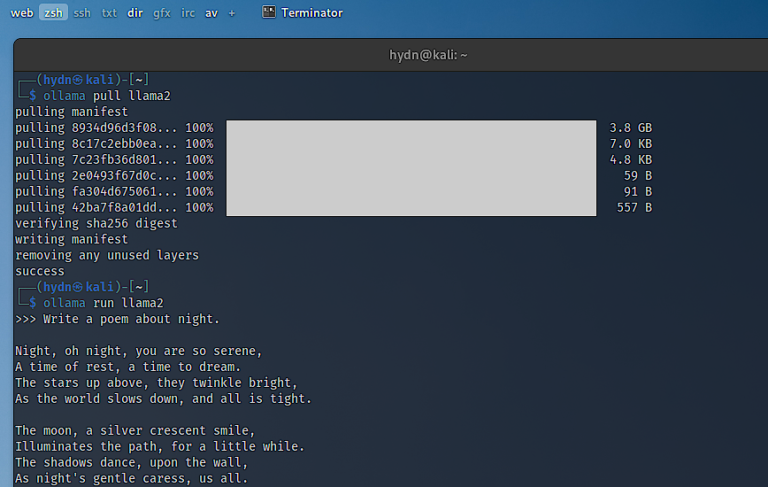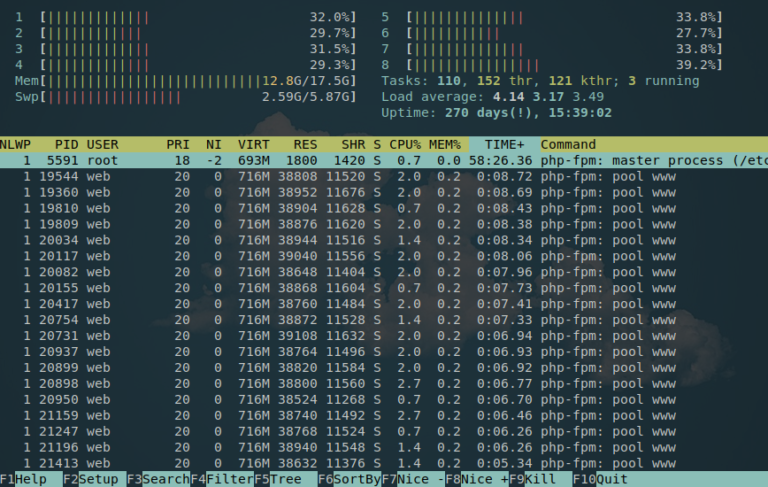
Best-in-Breed Tech Stacks with a Unified Platform: Lakehouse Architecture Changes the Game
One of the key benefits of lakehouse architecture is its ability to eliminate data silos. In traditional architectures, different workflows often require specialized environments tailored to individual platforms or groups of platforms. This leads to data insights being isolated within their respective platforms, making it challenging for teams to access or leverage relevant information across the organization. Lakehouse architecture solves this problem by enabling genuine live data sharing across tools and platforms. It stores data in open formats and standardized protocols, such as Delta Tables, Iceberg Tables, and Parquet files, and shares data through a lakehouse catalog accessible throughout the architecture. This approach maximizes flexibility in choosing the best tech stack for each task while maintaining data integrity and reducing the cost and effort associated with data processing and storage.
The Power of Lakehouse Architecture
As the adoption of lakehouse architecture grows, it is becoming clear that this new standard for handling customer data is not just a passing trend but a fundamental shift in how organizations approach data management. The ability to seamlessly access and integrate data across various platforms is becoming a critical advantage for brands seeking to stay competitive in a data-driven world. By embracing lakehouse architecture and open sharing, organizations can unlock the full potential of their customer data, driving innovation, efficiency, and growth.
Eliminating Data Silos
However, adopting lakehouse architecture is not without its challenges. Organizations must invest in the right tools, infrastructure, and talent to successfully implement and maintain a lakehouse environment. This may require upskilling existing teams, hiring new talent with expertise in lakehouse technologies, and investing in scalable and secure storage solutions. Additionally, organizations must establish clear data governance policies and procedures to ensure that data is being managed and utilized effectively and ethically.
Enhancing Data Governance
Despite these challenges, the benefits of lakehouse architecture far outweigh the costs. As customer expectations continue to rise and the volume and complexity of data continue to grow, organizations that embrace this new paradigm will be well-positioned to thrive in the years ahead. By breaking down data silos, enabling advanced analytics and AI, and improving data governance, lakehouse architecture is empowering brands to deliver exceptional customer experiences and drive business success. Organizations that embrace lakehouse architecture and open sharing will be well-equipped to navigate the challenges and opportunities of the future, driving innovation and success in an increasingly competitive market.
Enabling Advanced AI and Personalization
The world of customer data management is undergoing a significant transformation, driven by the rapid adoption of new technologies and the explosion of tools and platforms in the space. While these advancements have opened up exciting possibilities in data analytics and processing, traditional architectures have struggled to keep pace, leading to various challenges and inefficiencies in data sharing and integration. Enter lakehouse architecture – a game-changing solution that is redefining how brands manage customer data and overcome the limitations of traditional approaches.
The Future of Customer Data Management
The transformative power of lakehouse architecture extends beyond eliminating data silos and improving governance. It also enables advanced AI applications and personalization capabilities. With seamless access to diverse datasets and the ability to process both structured and unstructured data, organizations can leverage machine learning and AI to gain deeper insights into customer behavior, preferences, and needs. This empowers brands to deliver highly personalized experiences, optimize marketing campaigns, and drive customer loyalty.
Challenges and Considerations
Lakehouse architecture represents a unified platform that combines the best elements of data lakes and data warehouses. It provides a robust and versatile foundation that supports the diverse needs of modern brands, from handling structured and unstructured data to enabling advanced analytics and AI applications. By adopting lakehouse architecture, organizations can build best-of-breed tech stacks for different tasks without compromising on data quality or governance, ultimately streamlining data management and improving customer experiences.
By Caleb Benningfield, Principal Architect at Amperity
Another significant advantage of lakehouse architecture is its impact on data governance. By enabling secure data sharing without replication, lakehouse architecture reduces the risk of data breaches and ensures compliance with regulations like GDPR and CCPA. Data managers have clear visibility into data storage, allowing them to handle “right to forget” requests and other requirements without the need for specialized functionality across multiple environments. This streamlined approach to data governance not only saves time and resources but also provides peace of mind in an increasingly regulated landscape.






